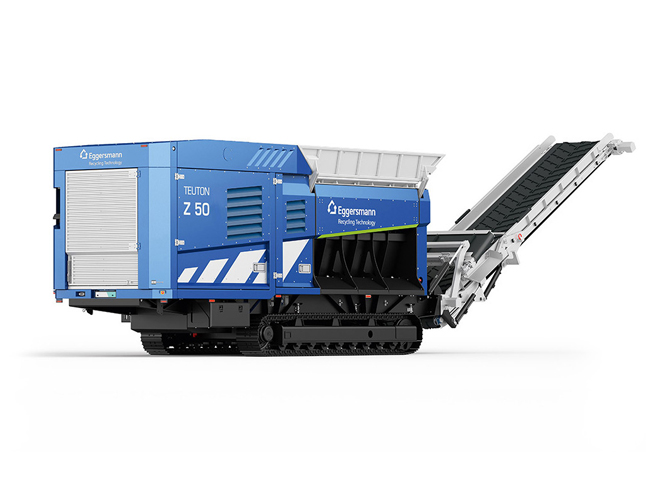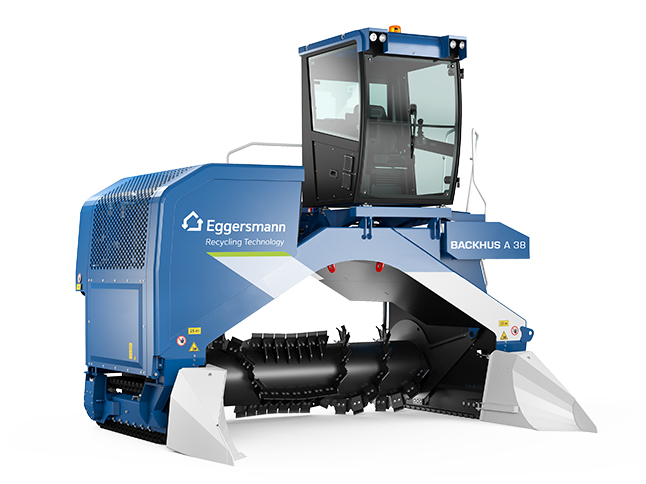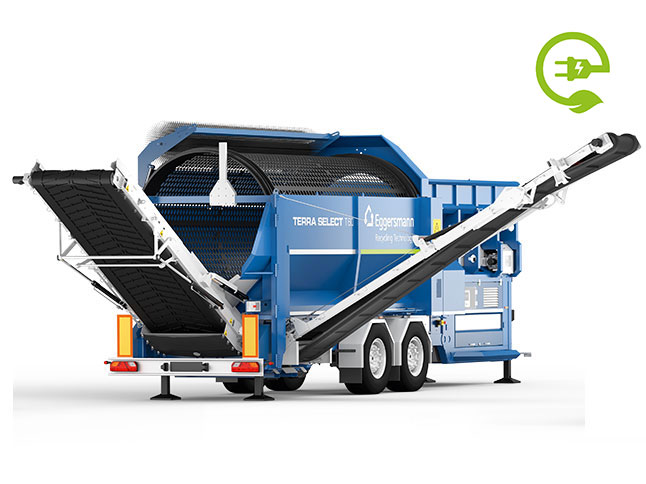Processing of Green Cuttings
What are Green Cuttings?
The term green waste covers compostable plant residues that are produced during the maintenance of municipal green spaces and parks, roadsides and forests, as well as work in private and public gardens. The woody content of green waste is rather low.
In detail, the following plant waste is called green waste or green cuttings:
- lawn cuttings
- brush/shrub/hedge cuttings
- tree cuttings
- leaves
- grasses
- herbs
- weed
In general, green waste is not collected via the organic waste bin, but consists of separately collected quantities of the activities described above.
Definitely not part of green cuttings are:
- construction timber
- furniture
- coated or lacquered wood
- wood with fungal infestation
- rootstocks
- soil in rough quantities
- kitchen waste
Why Should Green Cuttings be Processed?
Green waste is an organic resource that can be utilized for both energy and materials. Green waste processing is worthwhile!
Processed green cutttings are mostly used as mulch or fertilizer for soil improvement. For this purpose, the plant residues are collected and delivered to the nearest composting plant. Here, they are fed into the composting process.
Composting of Green Cutting – the Advantages
Composting turns organic residues into a valuable, nutrient-rich product for soil improvement. The organic material is returned to the biological cycle and is not irretrievably lost, as is the case with thermal recycling, for example.
Composting continues to reduce moor (swamp) degradation as compost replaces peat as a soil conditioner.
In regions where compost or organic fertilizer is applied instead of manure or mineral fertilizer, the nitrate contamination of groundwater decreases significantly.
Another advantage: compost has a positive effect on the health of plants. It increases their resistance to pests and negative environmental influences. In addition, compost improves the soil's ability to absorb and retain water while reducing its susceptibility to erosion.
How Does the Composting of Green Cuttings Work?

Shredding:
After delivery to the composting plant, the green waste is usually fed into a low-speed shredder, e.g. a TEUTON universal shredder or a FORUS pre-shredder. The shredder tears and shreds the material, creating numerous fresh broken surfaces that can subsequently be optimally colonized by microorganisms.

Turning:
The shredded material is now fed into the actual composting process. In the mobile version, the rotting process is optimally carried out by a BACKHUS triangular windrow turner.
For this purpose, so-called compost heaps are made from the shredded material. The material is mixed and homogenized by regular repositioning of the windrows with the BACKHUS windrow turners. This allows for a constantly loose windrow structure and thus secures the air pore volume in the material, dissolves settlement phenomena and guarantees homogeneous flow right into the core zones. The resulting optimized rotting of the compost material leads to significantly shorter treatment times.
Composting can also be carried out stationary by means of tunnel composting.
Both processes ensure optimum degradation of the organic matter and thus serve to ideally prepare the material for the subsequent fine finishing process.

Screening:
The last step on the way to finished, marketable compost is the screening of the rotted material. The so-called raw compost can be finely processed with a mobile TERRA SELECT trommel screen or a mobile STAR SELECT S 60 star screen.
Thermal Recycling of Green Cuttings
Green cuttings can also be used for energy recovery. The woody parts of the green waste, the so-called shredder material or shredder wood, are usually used for this purpose. The shredded material is mainly used as fuel in biomass power or heating plants. Only sometims the shredded wood is processed into wood pellets.
Alternatively, green waste is used as structural material in the rotting process in composting plants.